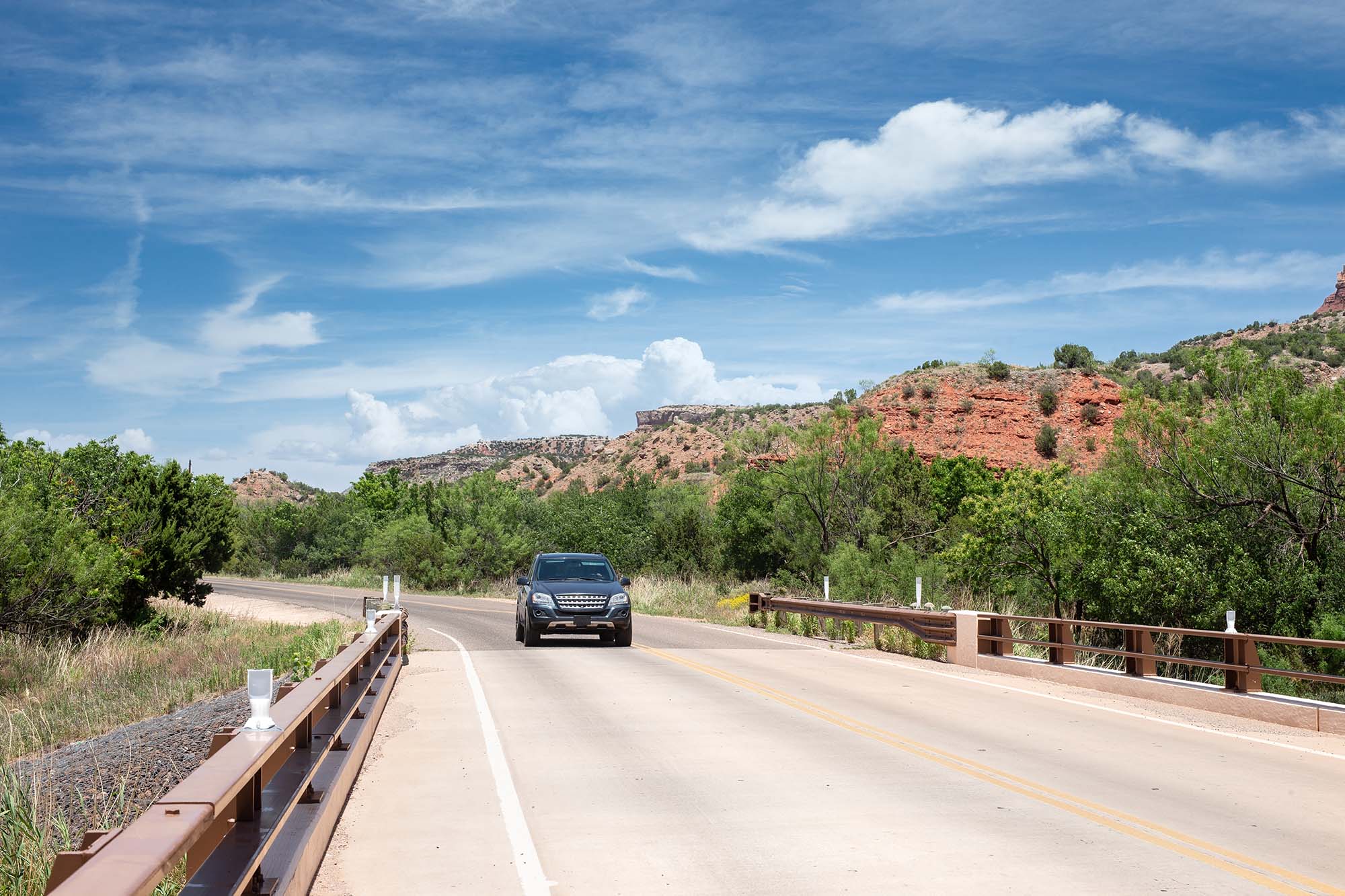Coasting in Neutral Doesn't Save You Money in a Modern Car
There are better ways to save fuel and cash than shifting out of drive.
 Shutterstock
Shutterstock
Drivers hoping to maximize their fuel efficiency may try various strategies to squeeze out a few extra miles. Some might draft behind semi trucks on the highway, though this practice is discouraged for safety reasons. Others will strive to drive as smoothly as possible, avoiding gas-wasting hard accelerations while vigilantly monitoring their car's instant fuel-economy readings.
Another strategy is to coast down hills whenever possible. Drivers may take the extra step of putting their car in neutral — or depressing the clutch if the car has a manual transmission — thinking that will save even more gas. Some of these fuel-saving strategies, however, may be more wishful thinking than wise practice.
Why Some Drivers Think Coasting in Neutral Saves Gas
The logic behind coasting downhill in neutral may seem sound. After all, if the car isn't in gear, the transmission isn't engaged, and thus the engine isn't doing any work. That must save fuel — or so the theory goes.
Generally speaking, this isn't true. Most modern cars have an electronic control module, or ECU, that automatically cuts off the flow of fuel to the engine when the car is coasting. The catch is that this only happens if the car is in gear.
Coasting in Gear Is More Efficient Than Coasting in Neutral
With the transmission in gear — or drive — the car's drivetrain will keep the engine turning as it rolls downhill, and the ECU will recognize that no fuel is needed.
When the car coasts in neutral, on the other hand, the drivetrain is disengaged and the ECU will recognize that the vehicle needs fuel to keep the engine idling. Coasting in neutral, it turns out, causes the car to burn fuel it wouldn't need to burn if it was in gear.
There Are Safety Reasons to Avoid Coasting in Neutral
There are other reasons why coasting in neutral isn't a great idea. The biggest concern is safety.
When coasting down a steep grade in neutral, you generally have less control of your car and it can be tough to accelerate suddenly to escape a potentially dangerous situation. You can also exceed the speed limit on long stretches — such as coming down a mountain — or overheat your brakes as you use them alone to control your speed, instead of a combination of engine and traditional braking. In fact, in some states, including California, you could be fined for coasting in neutral.
Written by humans.
Edited by humans.
 Connor Hoffman
Connor HoffmanConnor Hoffman is a writer and editor based in Kansas City. Prior to becoming a freelance writer, he was an editor at a national car magazine and worked in communications at a major automaker. He loves off-roading and camping in his 4Runner, golfing (poorly), and shredding on his mountain bike.
Related articles
View more related articles